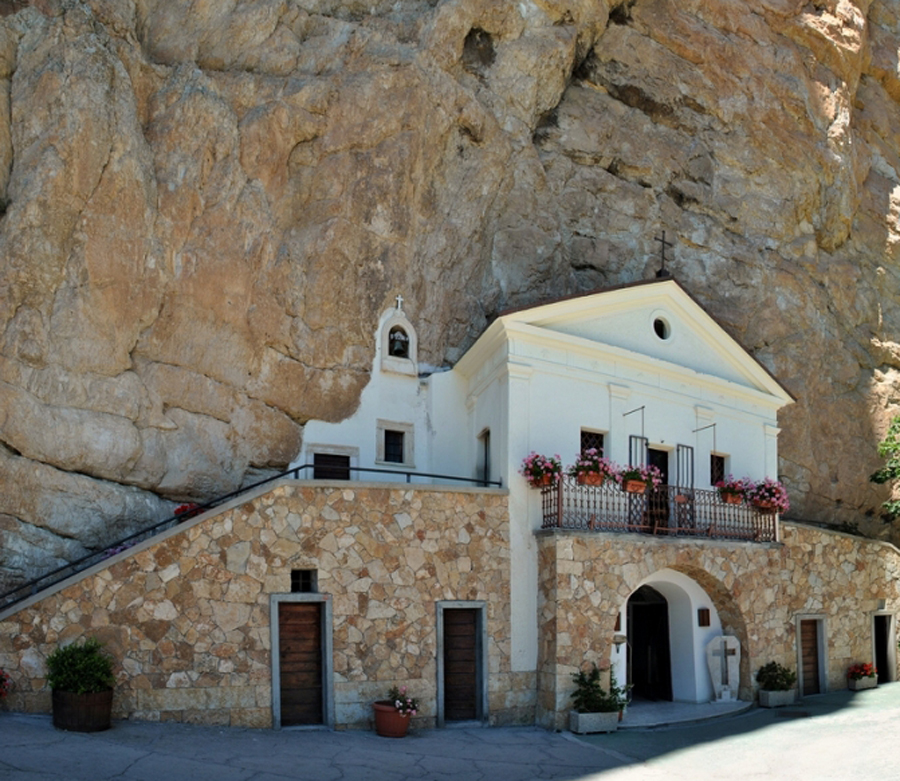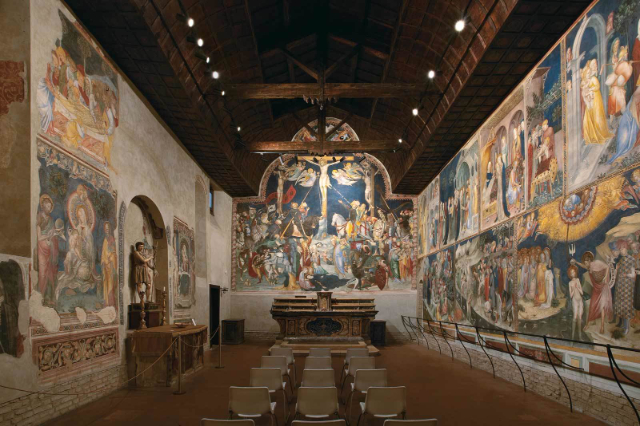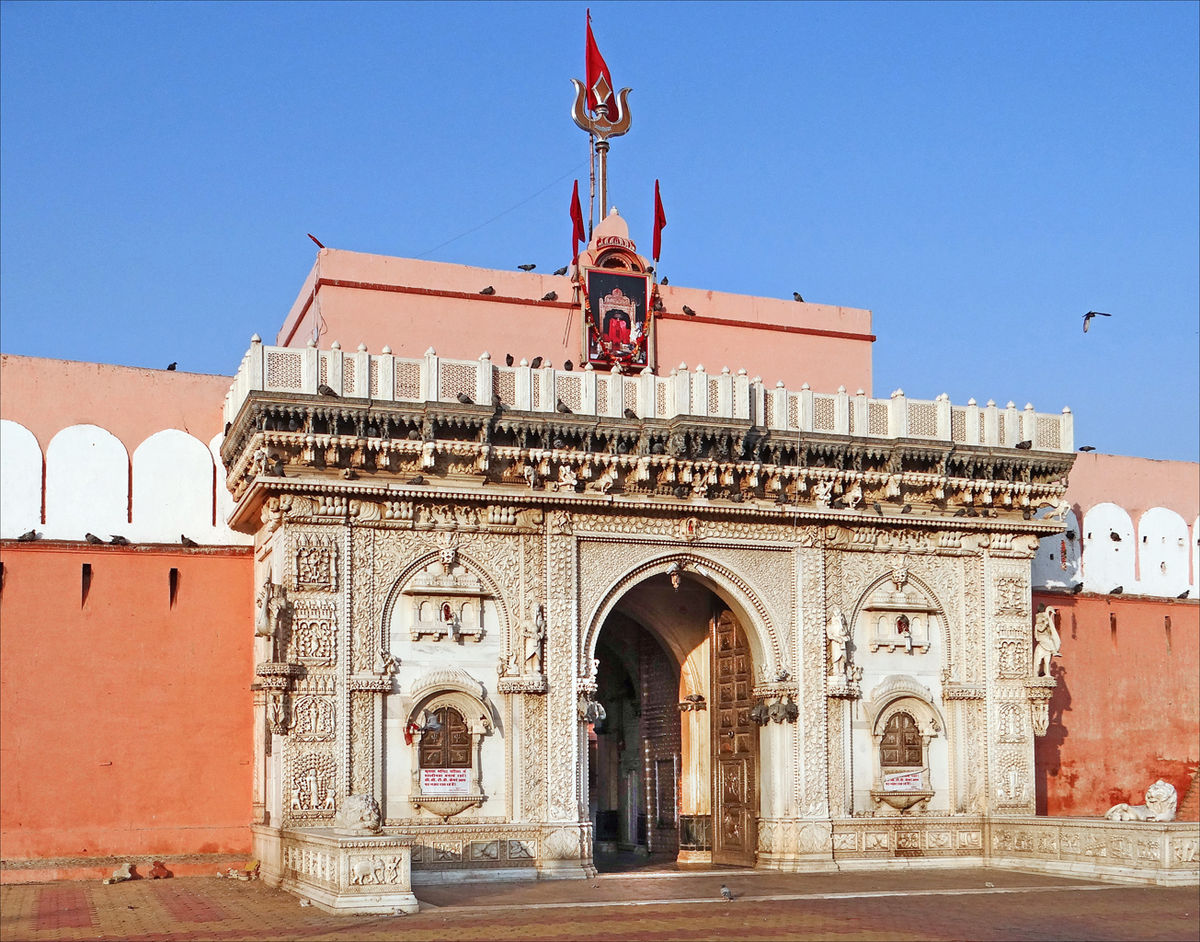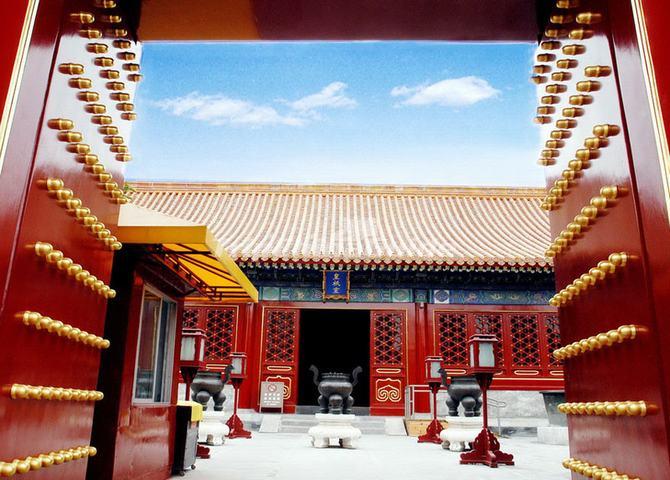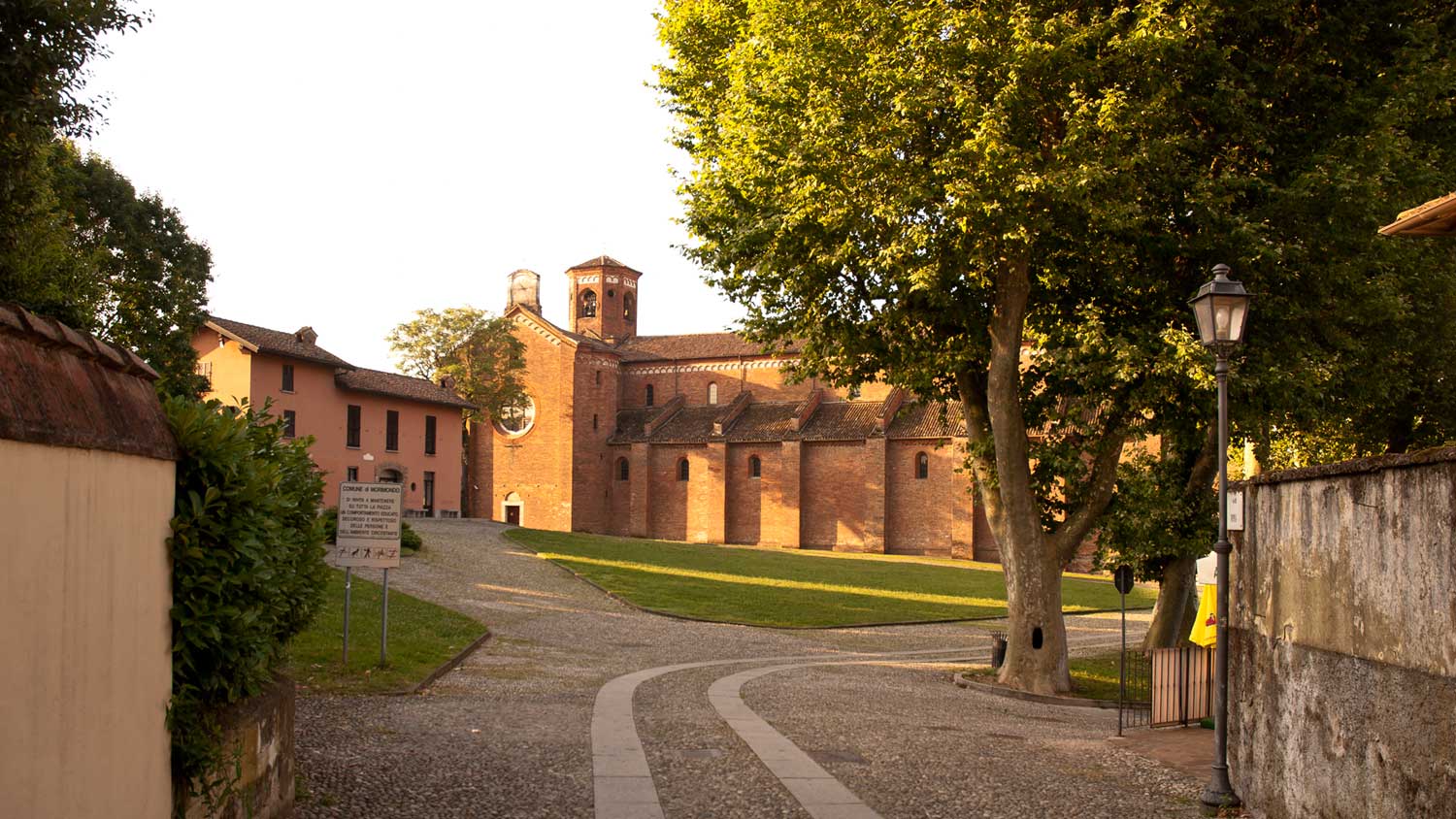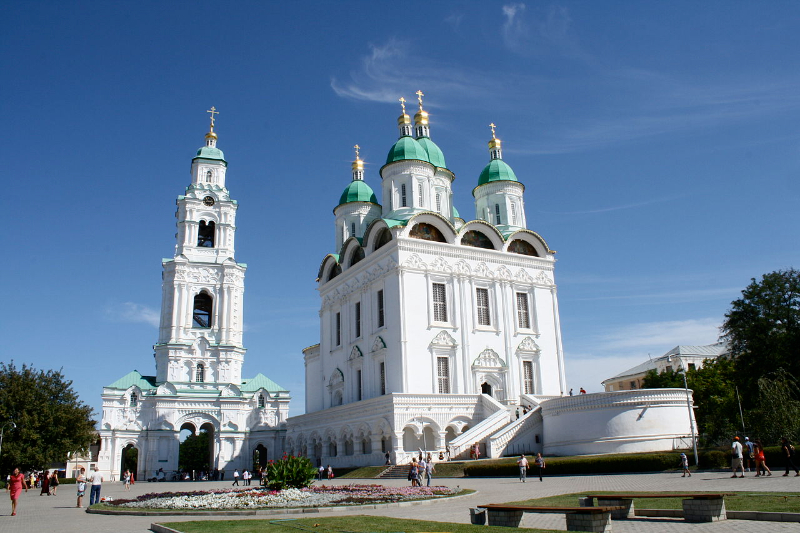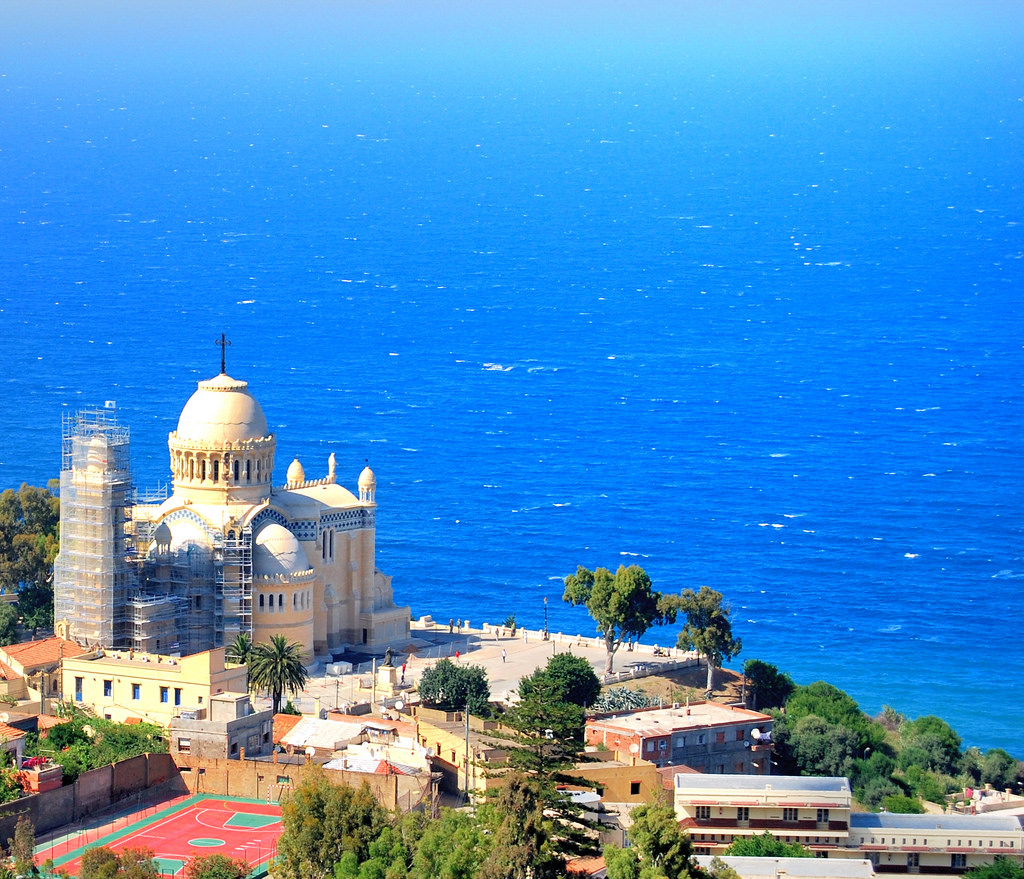The Sanctuary of the Holy Trinity rises at the bottom of the "Holy Valley" of the Benedictine Monasteries of Subiaco, in the municipality of Vallepietra, on the southern side of Colle della Tagliata surrounded by the Simbruini mountains. The pilgrim is presented with the impressive spectacle of the rock, a sheer cliff 300 meters high, which opens halfway up in a narrow square on which rests the small Sanctuary. In the square there are several centers of devotion: the small church-Sanctuary of the Holy Trinity, the Chapel of the Crucifix, the Chapel of St. Anne and the Chapel of St. Joseph, restored for Eucharistic Adoration. The venerated image of the Sanctuary is the very ancient fresco of the XI century that represents the Holy Trinity, executed on a particular plaster that presents filaments of straw and flowers. It depicts the "Three Persons" solemnly seated, each with an open book, supported by the left hand and blessing in the Greek way, that is the thumb and the ring finger of the awake hand.
There are several hypotheses and legends about the origins of the Sanctuary. The first, of popular origin, tells of a farmer who, while ploughing the land on the top of the Tagliata hill, saw the oxen and the plow fall into the precipice below. He took to the shelf at the base of the great rock face and saw, with great wonder, the oxen kneeling in front of a mysterious painting of the Trinity, which appeared inside a small cave. The second legend, of a literary nature, was transmitted by a parchment that was later destroyed, but of which a copy has been received that tells of two people from Ravenna who, in order to escape Nero’s persecution, took refuge on Monte Autore where they were visited by the apostles Peter and John who had just crossed the Kingdom of Naples. An angel appeared to the four of them and brought them food from heaven and made the spring spring spring from the earth, and the following day the Holy Trinity appeared and blessed the Author Mountain on a par with Sinai and the holy places of Palestine.
Beyond these stories, scholars believe that the Sanctuary was built on an ancient Pagan Temple, and founded by the Benedictines of Subiaco and by Basilian monks who were refugees in the cave, who were also the authors of the fresco of the Trinity. Another hypothesis attributes the foundation of the Sanctuary of the Holy Trinity to San Domenico di Sora (1031), as reported in a biography of the Saint.
The most suggestive and characteristic manifestation of the Sanctuary – at the dawn of the Feast of the Trinity – is "the cry of spinsters" young women of Vallepietra, dressed in white, mourn the dead Christ, recalling the scenes of the Passion with poignant intensity.
